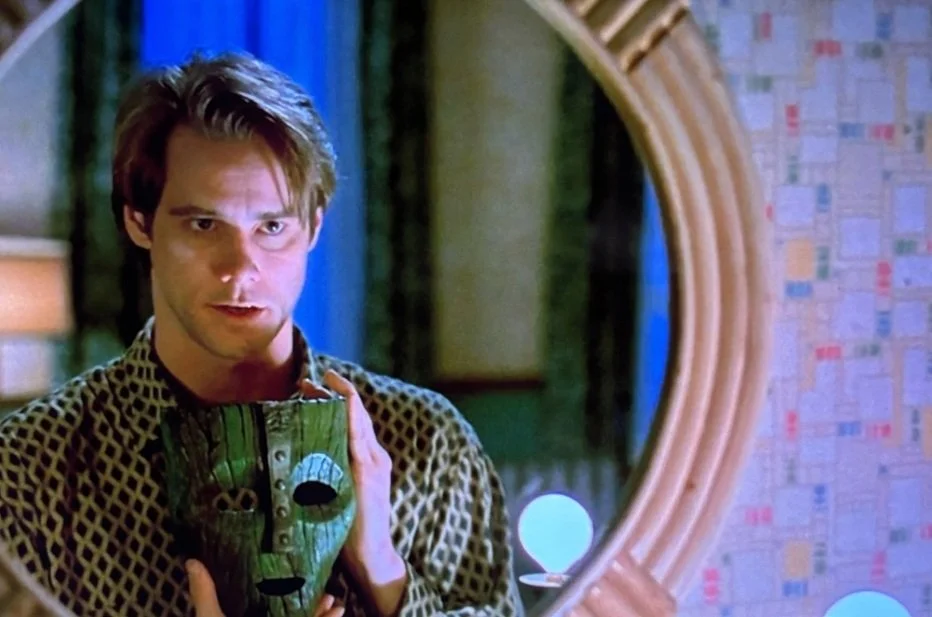See how the Enneagram and genogram reveal trauma, boundaries, and generational patterns in families like the Bridgertons — and maybe yours too!
Enneagram Types & Therapy
How Enneagram Type-Specific Retreats Help You Dive Deep into Your Personality
Healing Burnout with the Enneagram
Enneagram Body Types - 8s, 9s, 1s
Working with Enneagram Clients in Therapy
Why Self-Judgment Doesn't Help But Actually Keeps You Stuck
Why Each Enneagram Type Goes to Therapy
Growth Tips for Each Enneagram Type (Part II)
How Does Each Enneagram Type Self-Sabotage?
Growth Tips for Each Enneagram Type (Part I)
What My Birthday Has Taught Me
How to Set Boundaries over the Holidays
Two Quick Tips to Be Assertive
Enneagram Type One: What It's Like
Juggling Too Many Balls? Which to Keep and Which to Drop
Reverse Bucket List: Recording Wins to Build Momentum
Bridge Exercise: Escaping "Stuckness"
Power of Perspective: Cycle or Spiral?
You may feel sometimes like you’re going in circles - expending so much energy, time, and resources to change, only to find yourself in the same place all over again. As more time goes on, you feel like the future is bleak - what’s the point of trying, if it’s going to be the same? Perhaps what’s the issue is not what’s happening but how you perceive what’s happening. What if you ARE actually changing?




























